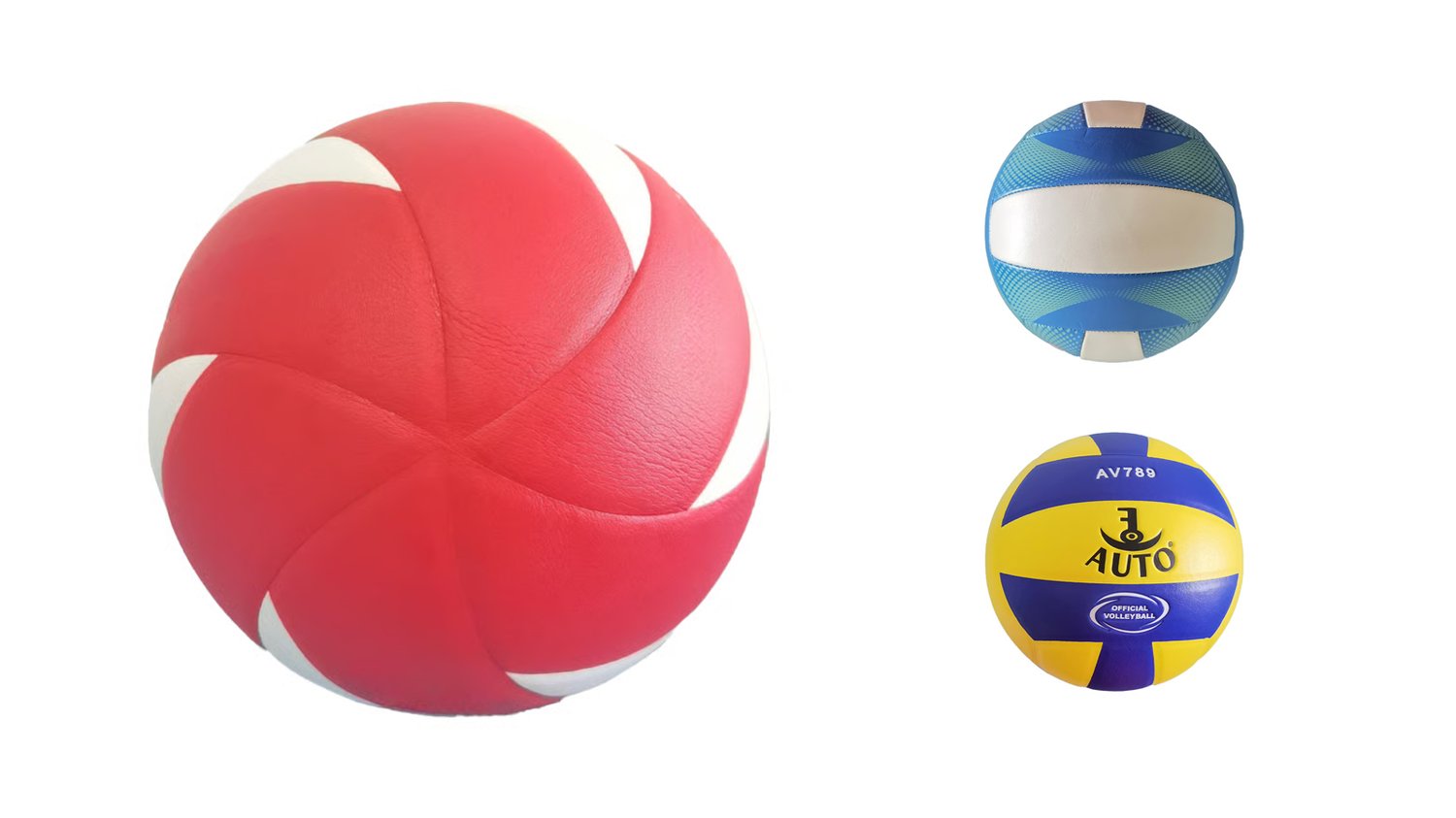Rubber machine stitched volleyballs represent a durable and affordable option for both recreational and competitive play. Unlike hand-stitched volleyballs, these balls are manufactured using precise machinery, which ensures uniform stitching and enhanced durability. Their rubber exterior offers greater resistance to wear, making them ideal for outdoor environments, school sports, and community leagues.
The Manufacturing Process Behind Machine Stitched Volleyballs
The “machine stitched” aspect of rubber volleyballs involves automated stitching machines that sew the rubber panels together with consistent tension and precision. This mechanized approach speeds up production while maintaining the structural integrity of each ball. As a result, rubber machine stitched volleyballs deliver reliable performance and extend the lifespan compared to traditionally stitched counterparts.
Material Composition and Its Impact on Performance
Rubber machine stitched volleyballs use synthetic rubber for the outer shell, offering enhanced grip and water resistance. This material choice is crucial for outdoor games where moisture and rough surfaces can deteriorate other volleyball types. The rubber surface also contributes to the ball's bounce consistency and responsiveness, making it suitable for developing skills in players ranging from beginners to semi-professionals.
Durability and Weather Resistance
One of the key advantages of rubber machine stitched volleyballs is their ability to withstand harsh playing conditions. The machine-stitched seams prevent premature splitting, while the rubber casing resists UV rays, rain, and dirt. This makes these volleyballs particularly popular for beach volleyball, parks, and schoolyards where exposure to the elements is frequent.
Cost-Effectiveness for Teams and Recreational Use
Rubber machine stitched volleyballs are generally more affordable than leather or composite volleyballs with hand stitching. Their production efficiency reduces manufacturing costs, allowing teams, schools, and recreational players to purchase quality volleyballs without breaking the budget. This cost-effectiveness encourages widespread use in beginner training and casual play settings.
Suitability for Different Playing Surfaces
Rubber machine stitched volleyballs excel on a variety of playing surfaces, including concrete, asphalt, grass, and sand. The rubber material offers better shock absorption and durability on rough terrain, unlike leather balls which can deteriorate quickly outdoors. This adaptability makes these volleyballs a versatile choice for multi-environment use and community sports programs.
Control and Grip Advantages for Players
Thanks to their textured rubber surface, machine stitched volleyballs provide enhanced grip compared to smoother volleyball designs. This grip improvement helps players control the ball during serves, spikes, and passes. Additionally, the consistent machine stitching prevents seams from loosening, offering players a predictable and stable experience during intense gameplay.
Why Choose Machine Stitched Over Hand Stitched Volleyballs?
While hand stitching is often associated with premium volleyballs, machine stitched rubber volleyballs offer consistent seam quality and durability at a lower price point. The automated production reduces human error, ensuring that each volleyball meets standard dimensions and performance criteria. For schools and clubs focused on durability and budget, machine stitched options provide a practical alternative.
Maintenance Tips for Prolonging Lifespan
Proper maintenance of rubber machine stitched volleyballs can further extend their lifespan. Cleaning the ball with a damp cloth after use, avoiding prolonged sun exposure, and storing it in a cool, dry place helps maintain the rubber’s elasticity and seam strength. Regular inspection for any loose threads or punctures ensures the ball remains game-ready and safe.
Trends and Innovations in Rubber Machine Stitched Volleyballs
Recent innovations in rubber machine stitched volleyballs include enhanced rubber formulations for better softness and rebound, colorful designs for visibility, and eco-friendly materials to reduce environmental impact. Manufacturers are also incorporating more precise stitching machines that improve the ball’s roundness and air retention, elevating the overall playing experience for all skill levels.
Quote Inquiry
contact us

